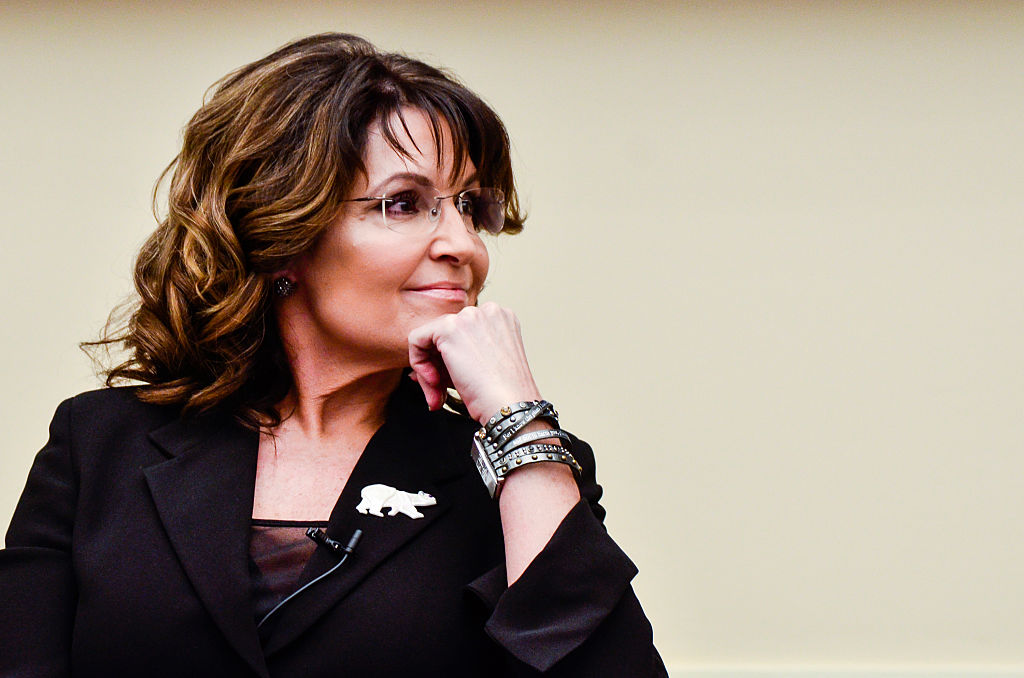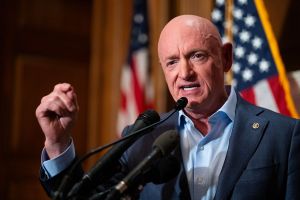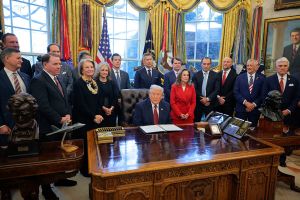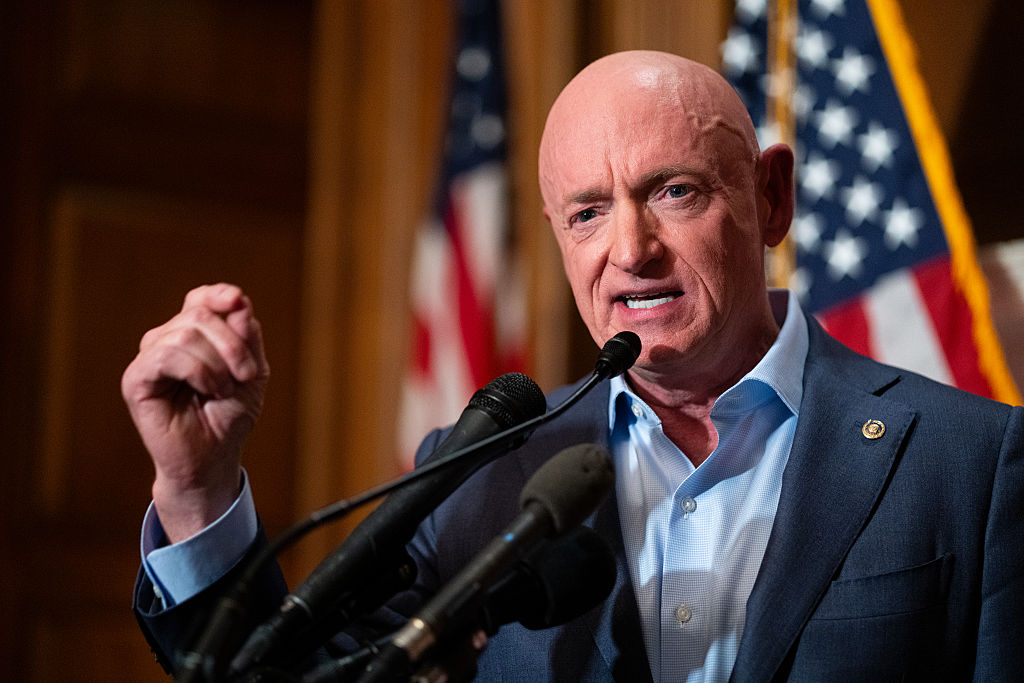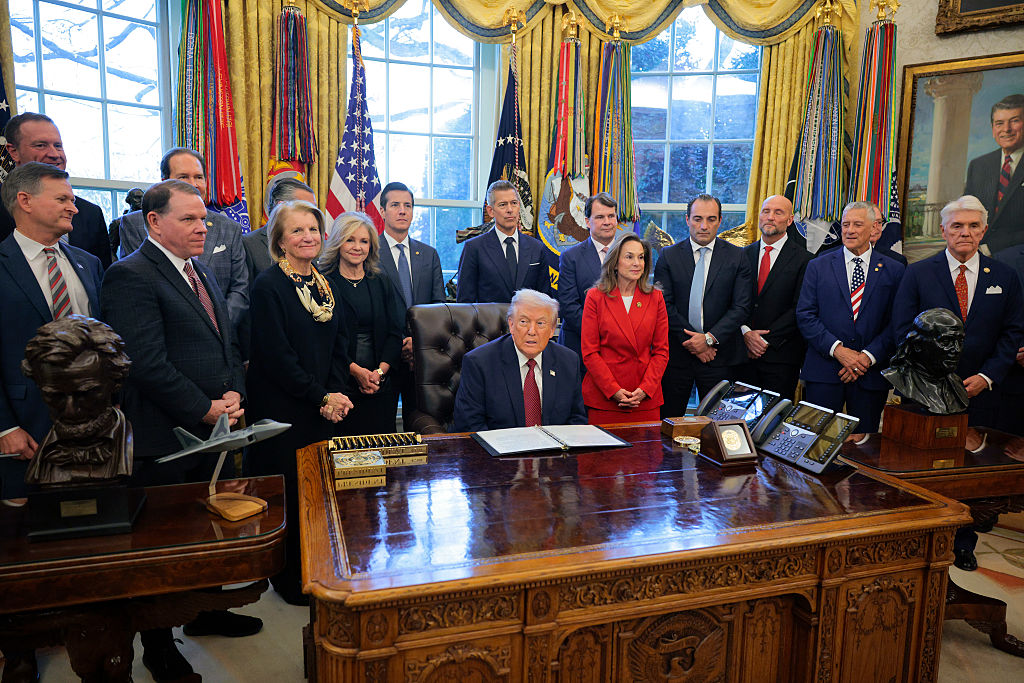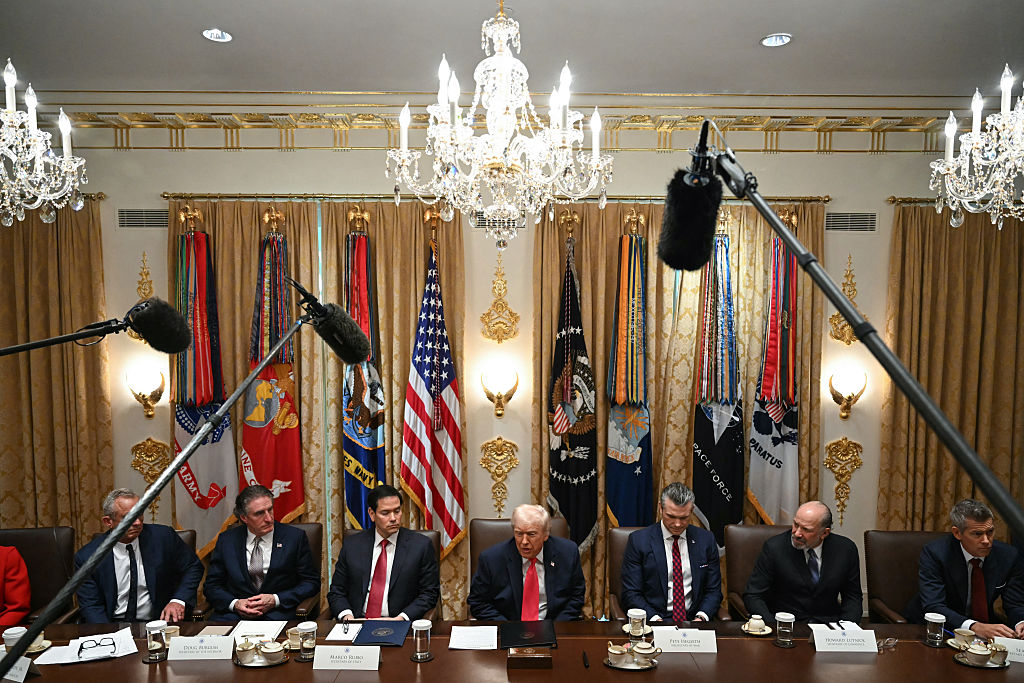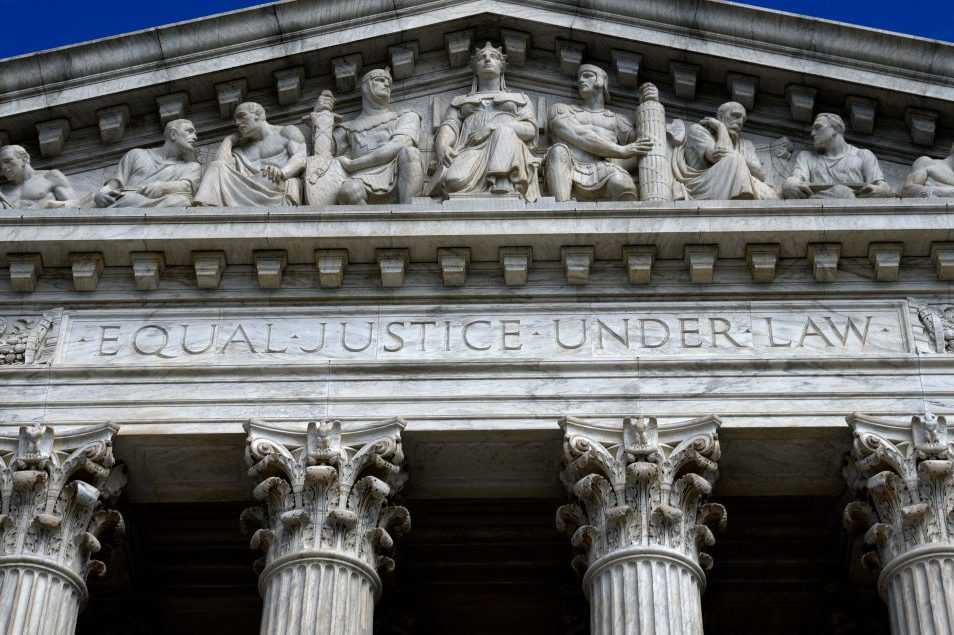Sarah Palin was defeated by Democrat Mary Peltola on Wednesday in a special election to fill the late Don Young’s seat in the House. She lost by a margin of 3 percent amid Alaska’s first ranked-choice voting election. Ranked-choice voting is when voters get to select their second, third, and so on choices of candidates in a field, rather than choosing just one candidate.
Though left-leaning publications like the New York Times have wasted no time in declaring “defeat for MAGA Republicans,” such a conclusion is premature. Palin’s failure to win four short months in Congress does not necessarily mean conservatism has been repudiated. It mostly reflects the warped mechanics and unintuitive strategies of ranked-choice voting.
Alaska implemented ranked-choice voting and non-partisan primaries in 2020 after a ballot initiative passed by 1 percent of the vote. After Young’s death triggered a special election, 48 candidates entered the chaotic choose-one primary. The four candidates with the most votes — Palin, Nick Begich III, Al Gross, and Peltola — were slated to move on to the general election on August 16.
Palin took the obvious lead in the primary, receiving 27 percent of the vote, while Begich, also a Republican, received 19 percent; Gross and Peltola received about 13 percent and 10 percent, respectively. With the two Republican candidates favored by 46 percent of the votes cast, it seemed evident that a Republican would make it to Congress.
But the race was shaken up when Gross unexpectedly dropped out, which contributed to Peltola’s win. Gross claimed that “it is just too hard to run as a nonpartisan candidate in this race,” and endorsed Peltola for the general election. Because Gross did not appear on the general election ballot, Peltola probably gained most if not all of his votes in the primary. Assuming the same voter turnout as in the primary, that would place her at almost 23 percent of first-choice votes — still behind Palin.
Gross’s dropout couldn’t explain Peltola’s win by itself. Voter turnout was significantly higher in the general election than in the primary, and in a state where elections are often decided by narrow margins, those new votes easily swamped any margin in favor of Palin. In the first round of counting, Peltola led by about 9 percent, or almost 17,000 votes.
If the general election had been choose-one, this would have turned out very differently. Palin and Begich, after all, had almost 60 percent of first-choice votes between them. But because of the structure of ranked-choice voting, Begich was eliminated and voters who ranked him first had their second-choice votes redistributed to either Palin or Peltola. Of the almost 54,000 votes for Begich, 50 percent of the second-choice votes went to Palin and 29 percent went to Peltola.
Those Republican voters who gave their second choice to a Democrat could be a concerning sign for the midterms, as some were clearly dissatisfied with Palin and crossed party lines. Yet this election seemed more a referendum on Palin’s personality and history of governance than on Donald Trump and MAGA Republicans. Palin rankled many Alaskan voters, who haven’t forgotten her resignation from the governorship in 2009. She also seems more predisposed than either Begich or Peltola to use her seat in Congress as a platform for publicity.
Or perhaps these voters simply knew the national media would fixate on Palin if she was elected and prevent her from being an effective representative. Palin, after all, is the sole reason the nation is paying attention to Alaskan politics right now.
More concerning, however, is that Palin could have eked out a victory over Peltola. More than 11,000 of the first-choice ballots for Begich were exhausted. In ranked-choice voting, exhausted ballots have all of their choices eliminated and aren’t counted in the final tally. This means more than 11,000 voters selected Begich and no one else. These voters voted the way they always have — by picking their favorite candidate — and failed to further strategize. If about half of Begich’s exhausted ballots had picked Palin as their second choice, she would have surpassed Peltola’s final margin of victory and won the election.
Far from being a repudiation of MAGA-style Republicanism, Alaska’s special election shows how the mechanics of ranked-choice voting can propel a non-representative candidate to the forefront. Had there been party primaries rather than an open primary, either Palin or Begich would have advanced and avoided splitting the Republican vote. Had Gross not dropped out, Peltola may not have received his first-choice votes. Voter turnout might have been lower had the special election not appeared on the same ballot as the general primary on August 16. And had some of Begich’s voters swallowed their distaste for Palin and marked her second, she could have eked out a victory.
For those cheerfully proclaiming a Democratic comeback in the midterms, remember that Peltola will hold office for four short months and spend most of it campaigning. Palin and Begich will have the opportunity to convince more voters before November. Alaska Republicans will have the opportunity to educate their voters on ranked-choice voting strategy and avoid handing the seat to a Democrat. And most importantly, voters in all but two states won’t have to worry about the complex strategy of ranked-choice voting. They will pick the candidates they prefer most — which may not be Democrats.



